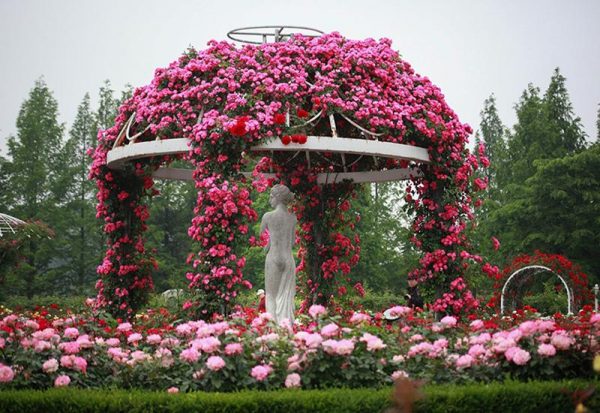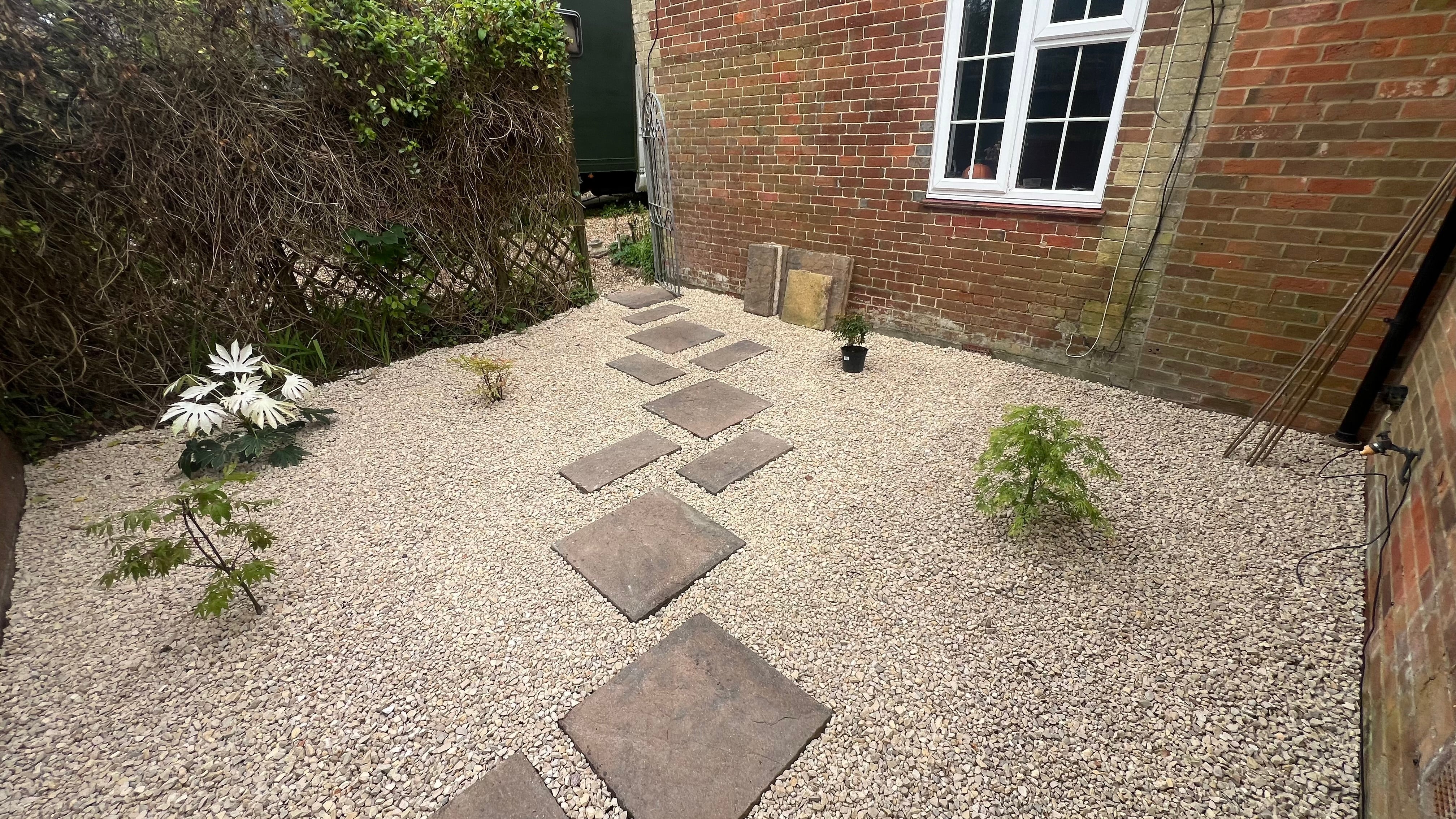
What to plant in October - Roses
October is a great time to plant many trees and shrubs, including roses. The ground is likely to still have some warmth in it, to allow the plant to start to establish before the winter cold, and hopefully isn’t too wet yet either. We’ve written before about planting trees and shrubs so here’s some specific advice on planting roses.

Before you plant
Ideally, you will want to plant your new rose as soon as you can but, if you can’t plant it immediately, pop it in a protected spot outside and give it a good watering. Keep an eye on it until you do get the chance to plant it.
When you are ready to plant, it’s a good idea to dig over the entire area around your chosen site to about one garden fork depth. Remove all weeds and their roots. Roses are ‘hungry’ plants so it would be a good idea to dig through either some well-rotted manure, a general, slow-release fertiliser, or some homemade compost to give your soil a boost. (If you can’t dig the entire area, perhaps because you have other plants already there, do what you can with a hand fork to avoid disturbing the roots of your established plants.)
The image on the left shows a garden in full bloom, making the most of both climbing or rambling roses as well as shrub roses.
Digging the hole
Your hole should be the depth of the pot the rose has come in and half as wide again. Resist the urge to plant a rose too deep; if your rose has been grafted (a flowering variety on a sturdy root stock), the graft should be above the soil line to discourage the grafted stock from rooting. However, the wider you can make the hole, the more opportunity you are giving your rose’s roots to grow into non-compacted soil.
There is an argument for not digging a round hole. Research suggests that, sometimes, when roots reach a compacted area of soil, they circle on round, resulting in spiralling roots which don’t reach out into the wider soil at all. Holes with corners won’t give them the choice and they have to grow on through, helping ensure your rose is anchored in the soil more securely.

Planting and aftercare
When you’re ready to plant, knock the pot off the root ball and sit it in the hole. Check the level and add or remove soil to get the rose to the right height. Also, check the aspect of the rose: stand back and look at it from a distance to check it’s vertical and looks balanced in your chosen spot.
Once you’re happy your rose is sited as you want it, back fill around it with soil or compost. Firm it in with your heel, leaving a shallow furrow around it to help collect water. Then water it really well, even if it’s raining. Watering at this stage helps to ensure good root contact with the soil, washing small particles into any air gaps, so isn’t just about moisture.
Unless your rose is really large, you shouldn’t need to stake or support it but, depending on your location, you may want to think about rabbit-guards to protect the stems from hungry visitors until it has established.
Newly planted roses will need regular watering for at least the first year to help them thrive. Use your judgement about whether it has rained enough and, if in any doubt, water! A nutrient rich top dressing (such as homemade compost) early each spring will help your rose to thrive.
Planting in pots
Many smaller varieties of rose are quite happy being planted in pots – in fact, patio roses were developed for exactly that reason! They can certainly make statement features in a garden and they can be moved around more easily (we’d recommend wheeled pot movers).
Remember, if you’re going to plant in a pot, it will tend to dry out more quickly than the ground does, so don’t skimp on the watering. Chat with our Plant Experts if you would like some further advice.

Further reading
All about roses:Patio roses
Hambrooks' guide to roses



Leave a comment
This site is protected by hCaptcha and the hCaptcha Privacy Policy and Terms of Service apply.